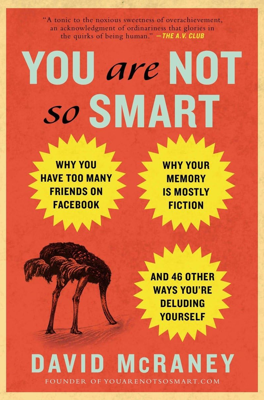The Representativeness Heuristic
Misconception vs. Truth
Misconception:
Knowing a person’s history makes it easier to determine what sort of person they are.
Truth:
You jump to conclusions based on how representative a person seems to be of a preconceived character type.
The Representativeness Heuristic
- Definition: A cognitive shortcut where people judge the probability of an event or individual based on how closely they match a prototype or stereotype.
- Example: Assuming a podiatrist is unlikely to be spontaneous or unpredictable, based on stereotypes rather than actual knowledge.
Research by Kahneman and Tversky
- Study Setup: Participants read descriptions of individuals and then guessed their occupations from a selection of engineers and lawyers.
- Example Description: Donald, an orderly and emotionless student likely to be an engineer.
- Statistical Ignorance: Participants ignored base rates (70% lawyers and 30% engineers) and chose based on representativeness.
The Conjunction Fallacy
- Explanation: People misjudge the probability of combined events as being more probable than single events.
- Example: Linda, a socially active philosophy major, is judged more likely to be a bank teller and a feminist, despite it being statistically less likely.
Real-life Application and Perception
- Futurists’ Predictions: Professional forecasters also fall prey to representativeness heuristics by considering complex scenarios (e.g., suspending relations and invasions) more likely than simple ones.
Implications of Representativeness Heuristic
- Utility and Danger: While it helps in quick decision-making and avoiding immediate dangers, it also fuels generalizations, stereotypes, and prejudices.
Key Points
- Emotional vs. Rational Thinking: People rely on narratives and characters that align with preconceived notions rather than statistical reasoning.
- Prejudices: Expecting people to fit stereotypes can lead to misjudgments and reinforces not-so-smart thinking patterns.
